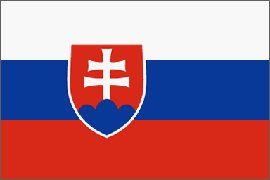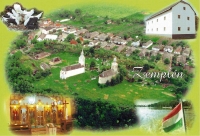|
A village with a rich history and a name given to the former Zemplén County. From the early days, from the New Age even finds. The earth preserves the archeological objects of the various eras, which have not been exposed to the surface yet, in many places. Historians have called the Castle of Zemplen a "mine of historic antiquities" in recent centuries, which has been proved by the excavations of the last decades. The earthquake on the Várhegy, about 24,000 square meters, where it once stood, was sheltered in the Iron Age, and it was built by the Celts and the Dacians for the people who were built by stone and wood. The rich finds from the excavations prove to be an important economic and political center for the area. "It is a very important historical battle for the possession of a fortress between the Slavs and the Hungarians when they crossed the Carpathians with the Hungarians, during the conquest. From this age, archeological discoveries, archeology, came from traditional royal royal objects to find the grave of Álmos, Árpád's father. The fortress was built in the XI-XII. century. In the 13th century, the castle of Zemplen became the seat of the royal county, became a fair center and had customs rights.
It is known from 1332 that there was a church in the castle, dedicated to St. George's patron saint. The assemblies were for the first time in the castle, and later they built the building of the Town Hall in the middle of the village. Zemplén's decline in the XVII. It began with the destruction of the castle, later by relocating the offices to Sátoraljaújhely and Ungvár. Only the annual fairs remained here. Zemplén was finally shut down from the world when the main road and the railway were placed on the left bank of Bodrog.
From Zemplén Commune approx. 3 km north-east from the confluence of the Latorca and the Ondava river, Bodrog was formed, with a very serious historical event associated with the conquest of the Conquest.
This area is also part of the so-called CHKO LATORICA - Latorca protected area, which was officially recognized in 1990. This protected area includes, beyond the Latorca and Ondava rivers, the Bodrog River and its dead bodies, which are located above Zemplén. The wintry vegetation of the settlements affected here and in the Bodrog line offers interesting experiences for visitors and those who wish to learn.
|
 |
 |
 |
supporters
Ministry of Foreign Affairs and Foreign Affairs

MAINMENU
Knowing of Bodrogköz tudnivalók
Open Days in Bruxelles
Events
Bodrogközi
Services
Bodrogközi culture
Obec Zemplín / Zemplén Municipality /
